Plastic extrusion, a method through which plastic shapes profiles are produced, is an important process for many industries. In this process, shapes are produced when molten plastic is forced through a die. Basic plastic extrusion profiles include strips, channels and trim. Read More…
Preferred Plastics, Inc. open_in_new
Location: Plainwell, MI
Preferred Plastics, Inc., who got our start in 1975, is a leading manufacturer of custom extruded thermoplastic resins, specializing in flexible, rigid, and co-extruded products. And we really are “Preferred,” as is proven by the fact that we are continually named “Supplier of the Year” by our clients, including Fortune 500 customers. We have also been honored as one of the “Top 150...
FABEXCO open_in_new
Location: Modesto, CA
At FABEXCO, we specialize in plastic extrusions. Our passion lies in crafting profiles that set us apart from the competition. We relish challenges and thrive on projects with unique specifications, tight deadlines, and unconventional requirements. Our commitment to excellence drives us to deliver results that others simply can't match.
Our profile extrusion capabilities are vast and...
Absolute Custom Extrusions, Inc. open_in_new
Location: Milwaukee, WI
At Absolute Custom Extrusions, we are proud to say that we are a woman-owned small business with manufacturing experiences dating back to 1986. As a team, we are dedicated to providing high-quality plastic profiles, tubing, coated wire, and cable for a wide range of industries. We take pride in our ability to provide specialized components that are made with precision, and our clients can...
Plastic Extrusion Technologies open_in_new
Location: Middlefield, OH
Plastic Extrusion Technologies, located in Middlefield, Ohio, is your trusted partner in the world of plastic extrusions and plastic tubing. With a rich history spanning over 100 years in the industry, we have earned a solid reputation for delivering unwavering quality and competitive pricing.
At Plastic Extrusion Technologies, our commitment to excellence extends to every aspect of...
Pexco open_in_new
Location: Johns Creek, GA
At Pexco, we are custom extruders of plastic sheet, tubing and profiles in standard or custom colors and a multitude of material options. Pexco uses state-of-the-art machinery for our extrusions; we also perform secondary operations, such as drilling, slotting, notching, etc.
Northland Plastics, Inc. open_in_new
Location: Sheboygan, WI
Northland Plastics is a manufacturer of high-quality custom plastic profile extrusions. Since our founding in 1953, we have developed over 3,900 different extruded profiles. We extrude a wide range of thermoplastic compounds, including ABS, High Impact Polystyrene (HIPS), Polyethylene, Polypropylene, PVC, PETG, Noryl, TPEs, TPOs, TPUs, and many others.
Our capabilities include running...
Petro Extrusion Technologies, Inc. open_in_new
Location: Middlesex, NJ
Petro Extrusion Technologies, Inc. is a premier provider of plastic extrusions. Our team is committed to providing high-quality products, exceptional services, and diverse capabilities to meet the unique needs of our clients. At Petro Extrusion Technologies, Inc., we specialize in producing custom plastic extrusions for various industries, including automotive, construction, and retail....
Polytec Plastics, Inc. open_in_new
Location: St. Charles, IL
Polytec Plastics, Inc. is committed to manufacturing the highest quality plastic extrusions available. Our engineers offer a multitude of benefits and value-added services to our customers. Our plastic items are engineered for uncompromising performance and long-lasting operation. We have been manufacturing high quality solutions since 1973 and we are eager to assist any customer with their...
Keller Products open_in_new
Location: Manchester, NH
As Keller Product Solutions, our expertise spans a wide spectrum of products and capabilities within the realm of plastic extrusions. We specialize in manufacturing a diverse array of custom plastic profiles, extruded components, and specialized tubing solutions catering to multifaceted industrial requirements across various sectors, including construction, automotive, and consumer...
GSH Industries, Inc. open_in_new
Location: Cleveland, OH
GSH Industries has been manufacturing plastic products since 1986 and we are continuously developing the best solutions in our industry. We are committed to developing high quality custom plastics. GSH Industries has several different divisions including plastic extrusions, aluminum extrusions, injection molding, and rubber extrusions. Our company is recognized for our ability to adhere to...
More Extruded Plastics Manufacturers
Extruded plastics resemble their metal counterparts in technique but diverge in their composition. Unlike metal extrusion, plastic extrusion lends itself to high-volume, continuous production with relative ease, reflecting the inherent differences in material properties.
Applications
Manufacturers utilize plastic extrusions to craft an expansive array of parts, products, and forms. This process is crucial across numerous sectors, including automotive, food and beverage, chemical processing, plumbing, HVAC, electronics, and industrial water treatment, serving a broad spectrum of commercial applications.
Products Produced
Manufacturers craft plastic pallets into various forms such as profiles, PVC channels, plastic strips, and tubing. These shapes serve as building blocks for a diverse assortment of finished products including engine parts, both decorative and functional auto exterior trim, electronic casings, fencing, window frames, wire insulation, deck railings, plastic films, and thermoplastic coatings, among others.
History
Plastic extrusion, although now a common technique, traces its origins back to the early 19th century, marked by the innovations of several pioneering inventors. In 1820, Thomas Hancock introduced the rubber masticator, a revolutionary system designed to repurpose rubber scraps into a usable material. Following this, in 1836, Edwin Chaffee, who worked alongside the renowned Charles Goodyear, developed the first two-roll machine specifically for mixing rubber. Although initially intended for rubber, these inventions laid the foundational technology easily adaptable for plastic, paving the way for the development of more advanced extrusion machinery.
In 1862, Alexander Parkes crafted the first man-made plastic, a novelty he showcased at the London World Fair that same year. Despite its groundbreaking nature, the material’s high cost and subpar quality meant it found few takers. It wasn’t until celluloid came along that a practical and widely used synthetic plastic emerged. John Wesley Hyatt, alongside his brother Isaiah, pioneered the creation of Celluloid in the United States, securing a patent for their invention in 1870. This breakthrough heralded the arrival of myriad plastic materials, including PVC and Bakelite. As the diversity and uses of plastics expanded, manufacturers sought innovative methods to enhance the efficiency and precision of plastic production.
Plastic extrusion truly began to take shape in 1935 when Ashley Gershoff, a pioneering German innovator, mastered the first successful thermoplastic extrusion process. Hot on her heels, Roberto Colombo of Italy introduced the twin screw extruders, revolutionizing the technique further.
Today, the focus of the plastic extrusion industry has shifted towards sustainability, with efforts to speed up processes and enhance the precision of extrusions. This technology molds plastic into a myriad of forms, ranging from mundane food containers to complex components used in industrial chemical processing.
Materials Process
Plastic extrusions are selected for their distinct characteristics, such as their chemical resistance or their clarity. When an application demands the attributes of multiple materials, engineers might blend two plastics through coextrusion.
The array of plastics suitable for extrusion services is extensive, encompassing options like low density polyethylene (LDPE), high density polyethylene (HDPE), vinyl, polypropylene, polystyrene, butyrate, and PETG.
LDPE
Low-density polyethylene (LDPE) is both tough and pliable, making it a versatile plastic. It boasts remarkable resistance to a diverse range of chemicals, including various esters, alcohols, bases, and acids.
HDPE
HDPE, or high-density polyethylene, boasts remarkable durability along with resistance to corrosion and solvents. It also features an impressive strength-to-weight ratio and robust tensile strength, similar to LDPE.
Vinyl
Vinyl, often referred to by its chemical name polyvinyl chloride (PVC), stands out as a widely favored polymer. You can find it in two main forms: flexible and rigid PVC. This material is praised for its insulating properties and its resistance to various elements, including salts, acids, bases, fats, alcohols, and corrosion. However, without a stabilizing additive, vinyl tends to lack thermal stability. Common applications of PVC extrusions are seen in products such as siding, piping, flooring, angular profiles, and tubing.
Polypropylene
Polypropylene stands out as a widely favored polymer, praised for its resilience against heat, acids, bases, and chemical solvents. Additionally, it boasts a low density.
Polystyrene
Polystyrene, a versatile polymer, comes in various forms such as foam and is widely used due to its low cost. Despite its affordability, its slow degradation rate contributes significantly to litter problems. However, its popularity remains undiminished for applications like packaging, containers, and plastic cutlery.
Butyrate
Butyrate, crafted from cellulose, boasts remarkable strength, toughness, and rigidity. Additionally, it excels in impact resistance and maintains excellent dimensional stability. This transparent plastic is also effortlessly extrudable.
PETG
PETG, or the modified version of polyethylene terephthalate known as glycol-modified polyester, stands out for its lightweight, durable, and impact-resistant qualities. When specially processed, it can act as an effective barrier against alcohol, gasses, and to a certain extent, moisture. This versatility allows it to be shaped into both rigid and semi-rigid components.
Process Details
Although the speed of output and the heat at which it operates can fluctuate based on the characteristics of the material, the fundamental concepts of plastic extrusion are universally consistent.
Despite the ongoing nature of the plastic extrusion process, it can be conceptually broken down into several steps for easier comprehension.
1. The transformation of plastics begins with a blend of raw materials—typically pre-processed plastic granules or specialized resins poised for extrusion—held aloft in a hopper above a transport channel. Occasionally, these granules are pre-mixed with chemical additives to imbue the final product with qualities like UV resistance or specific colors before they make their way into the hopper.
2. Upon the retraction or removal of the hopper’s base, the granules cascade directly into the channel, guided solely by gravity, without the need for other mechanisms.
3. As these materials enter the barrel, they encounter a long, rotating screw. This screw, turning at a designated RPM, nudges the granules forward into a heated chamber, setting the stage for their transformation.
Plastic can be melted in two primary methods:
a. Heating the raw material as it passes through various heating zones.
b. The friction and pressure the raw material experiences also contribute to its melting.
When the material is subjected to dual heating mechanisms, it gradually attains its melting point. In certain scenarios, the heat generated from friction alone is sufficient to melt the plastic, eliminating the need for additional heating zones.
4. As the plastic liquefies and flows toward the end of the barrel, its exit is managed by a break plate that serves a triple purpose: it filters out impurities through a screen, generates back pressure, and aligns the plastic stream.
5. Following this, the liquid plastic passes through a die that molds it into the desired shape. This technique allows for the creation of virtually any plastic profile extrusion imaginable, as long as the profile is continuous.
6. The following phase cools the product in a regulated setting to maintain its integrity without stress points altering its form. Typically, the product is immersed in water. More advanced techniques might employ a vacuum during this water bath, and in certain cases, cooling rolls are used for precise temperature management.
7. Once the plastic has been cooled, it can be cut and either packaged for shipping or further processed. Additional enhancements may include painting, labeling, anti-static applications, or other surface treatments.
Design
In the plastic extrusion design phase, manufacturers consider several key factors including material choice, process parameters, and the size and shape of the die, based on specific application needs like production volume, tolerances, expected stresses, and color preferences.
Due to the flexibility in adjusting materials and dies, manufacturers are able to offer a wide range of custom plastic extrusion services. They can create extrusions in various colors, thicknesses, textures, and hardness levels to meet different requirements.
Machinery Used
Plastic extrusion tooling consists of a plastic extruder and various dies, often accompanied by equipment to regulate temperature.
Extruder Machine
Generally, an extruding machine consists of a hopper, a conveyance channel, and a shearing screw.
Die
A plastic extrusion die is essentially a metal plate, featuring a hole shaped to specifications, that molds raw plastic into a final product. As the plastic is pushed through this custom-shaped aperture, it emerges transformed, ready to be recognized as extruded plastic material.
The design of a die varies based on its intended use. For instance, in sheet extrusion processes, manufacturers typically opt for flat dies.
Heat Regulating Equipment
Managing temperature is crucial in manufacturing, as excessive heat can damage the polymer’s chemical composition. To prevent this, manufacturers employ a variety of cooling solutions, from basic fans to advanced temperature-regulating jackets.
Variations and Similar Processes
Cold Extrusion
Cold extrusion unfolds at temperatures below the threshold where materials recrystallize, typically around room temperature. In essence, this process mirrors its hotter counterpart, maintaining similar operational flows within the extrusion line.
Coextrusion
During coextrusion, manufacturers deploy several extruders along the production line to craft a unified component. This process enables the fusion of multiple plastic resin layers, each with distinct properties, into a single product that embodies the characteristics of all materials involved. The extruders simultaneously melt their designated resins, which then converge in a branched conveyance channel. Here, the materials blend before being shaped through a common die.
Blow Film Extrusion
Blow film extrusion, akin to the process of blow molding, crafts plastic films such as those used in shopping bags. This technique employs a cylindrical die featuring an annular opening paired with an air outlet. As molten plastic emerges from the extruder barrel, it meets a series of rolls. These rolls stretch and thin the material before it passes into the die. There, air is injected into the resin, inflating it to match the cylindrical shape of the die. Following this expansion, the plastic cools down, typically with the help of a cooling ring.
Plastic Injection Molding
Plastic injection molding closely resembles its cousin, plastic extrusion, with the latter often viewed as a specialized branch of the former. In this technique, plastic pellets are first melted in a hopper before being propelled into a pair of hollow molds. These molds are then sealed tightly and subjected to pressure, ensuring the molten plastic fuses properly. As the plastic cools and sets into its new shape, the process nears completion. The molds are eventually opened, and the solidified plastic part is released. Ideal for projects requiring precise measurements and large-scale production, plastic injection molding excels in crafting components with exacting specifications.
Benefits
Plastic extrusion enjoys widespread acclaim for a multitude of advantages it offers. Among its standout features are its adaptability, dual flexibility—both in practical terms and conceptual application—cost-effectiveness, efficiency, and ease of molding. Additionally, this process is notably eco-friendly due to its minimal waste production. Any excess material can be conveniently recycled by re-melting and reusing it. Moreover, the enduring heat of the plastic post-extrusion allows for modifications and refinements right after it exits the machine, providing manufacturers with a flexible window to tweak and perfect their products.
Things to Consider
When exploring the world of plastic extrusion, selecting a top-notch manufacturer is crucial. But it’s not just about finding any quality provider; it’s about discovering the perfect match for your specific requirements—be it delivery preferences, timelines, budget constraints, or bespoke requests. To guide you along this path, we’ve curated a selection of profiles from leading companies in the plastic extrusion industry. Dive into these profiles to pinpoint the manufacturer that aligns perfectly with your needs.
Check out our Plastic Tubing website

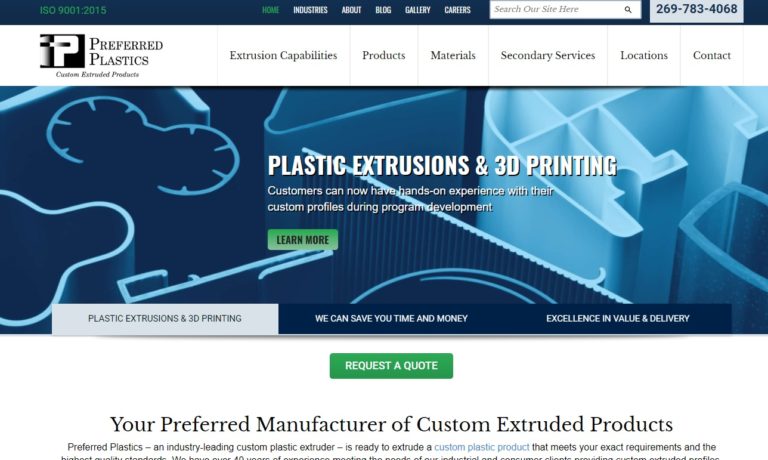



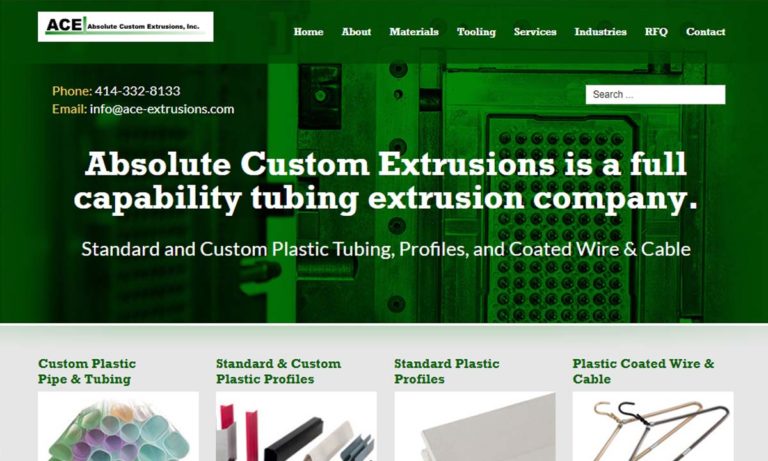

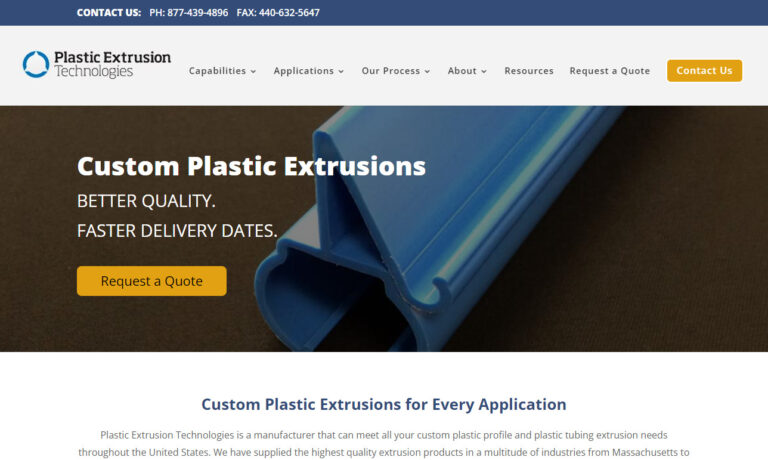

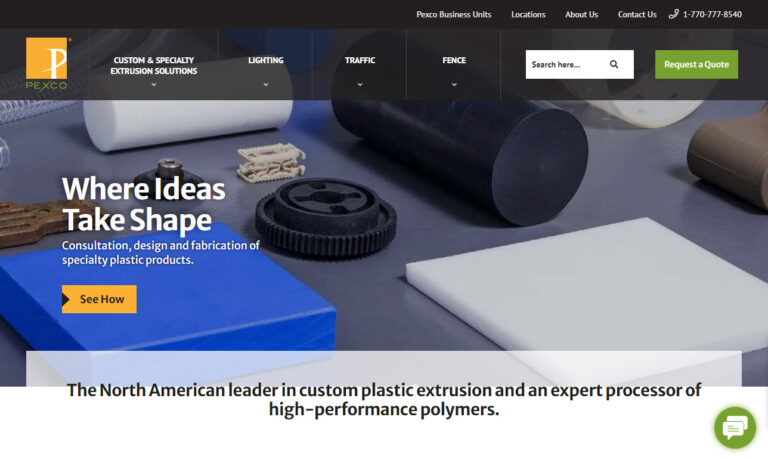

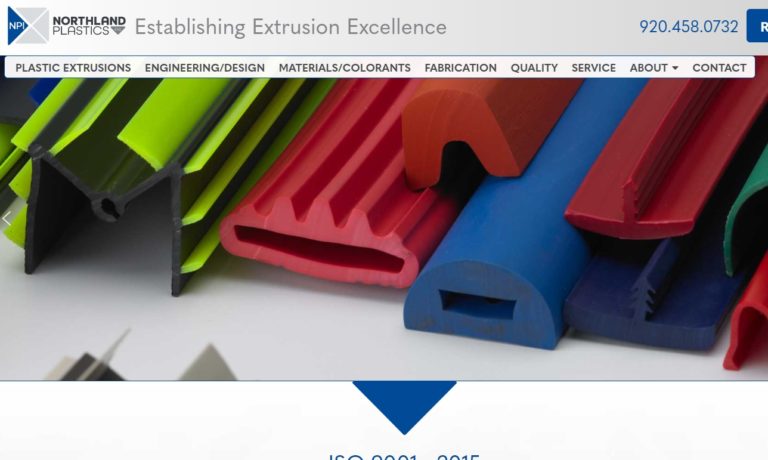

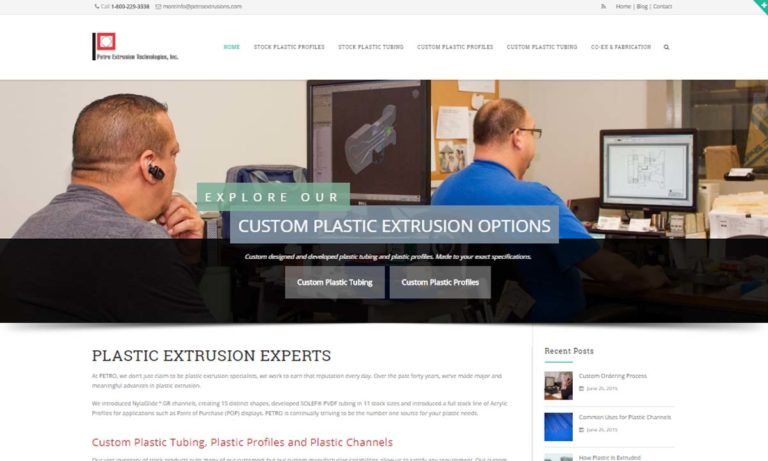
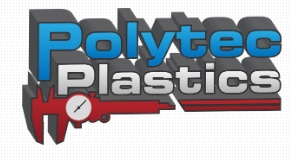
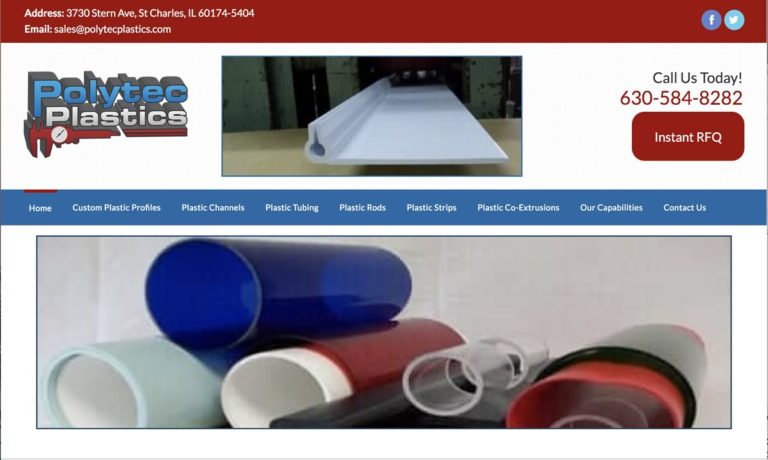



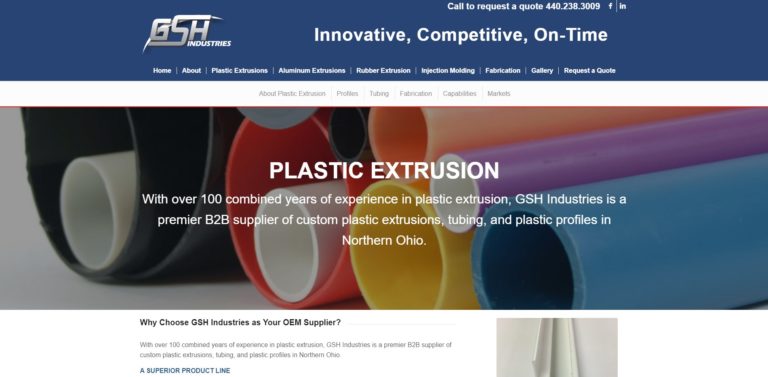
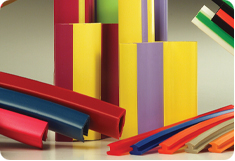
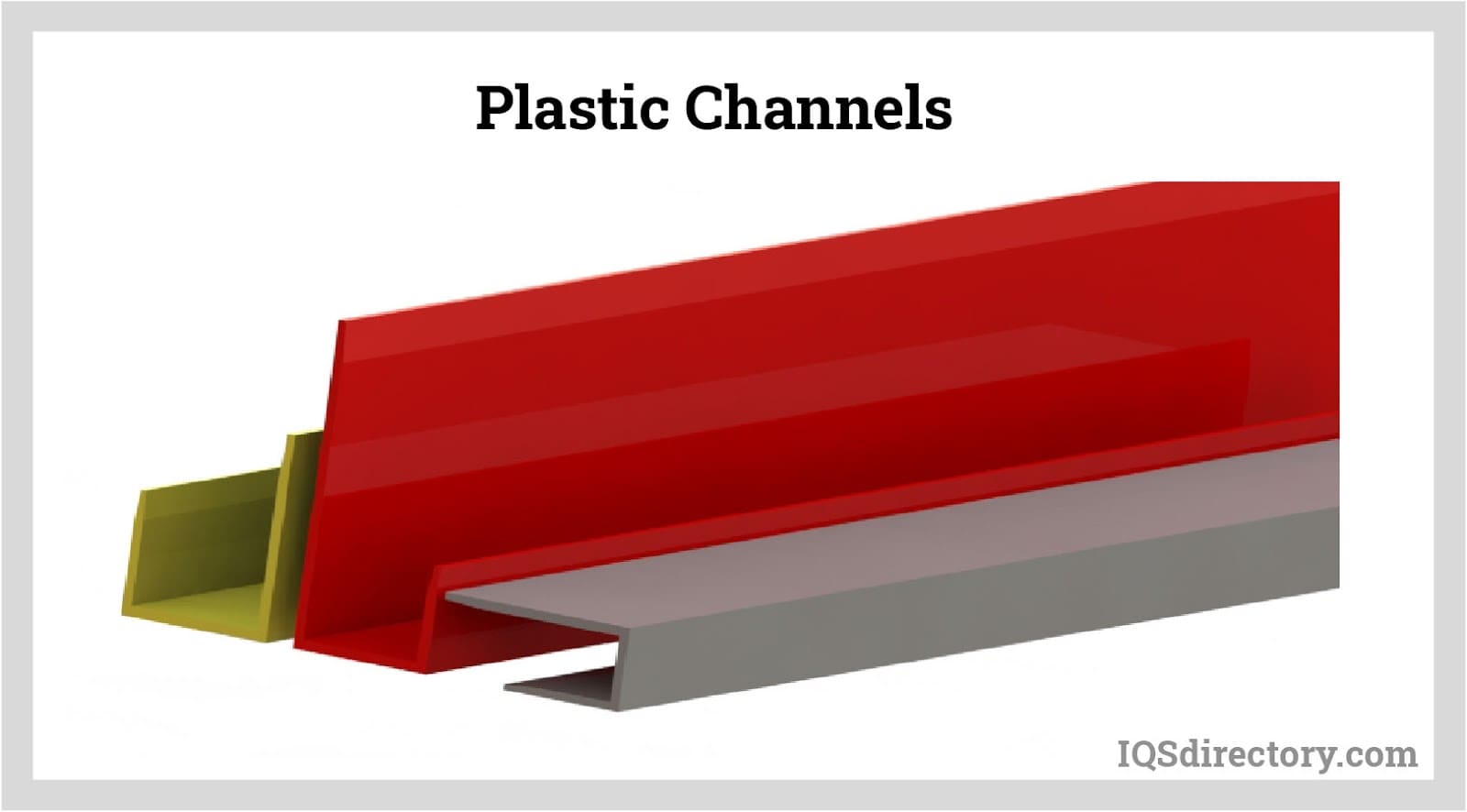
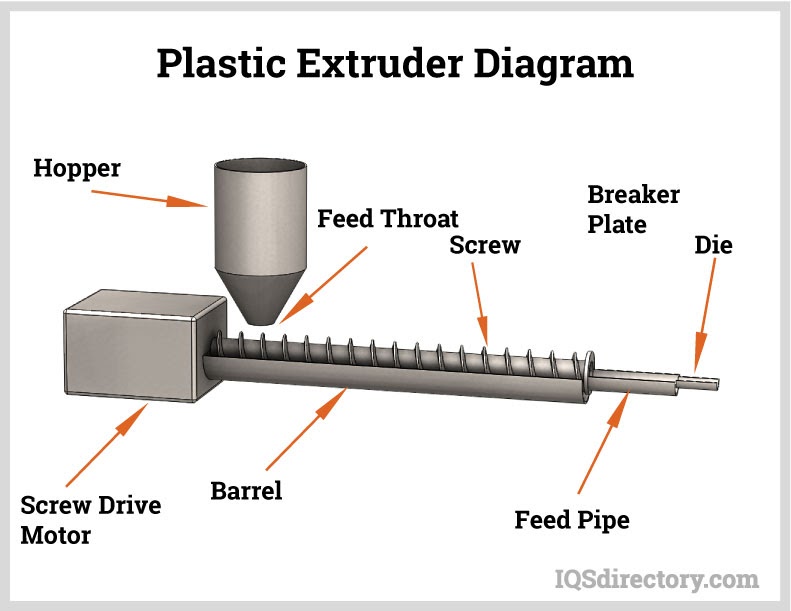
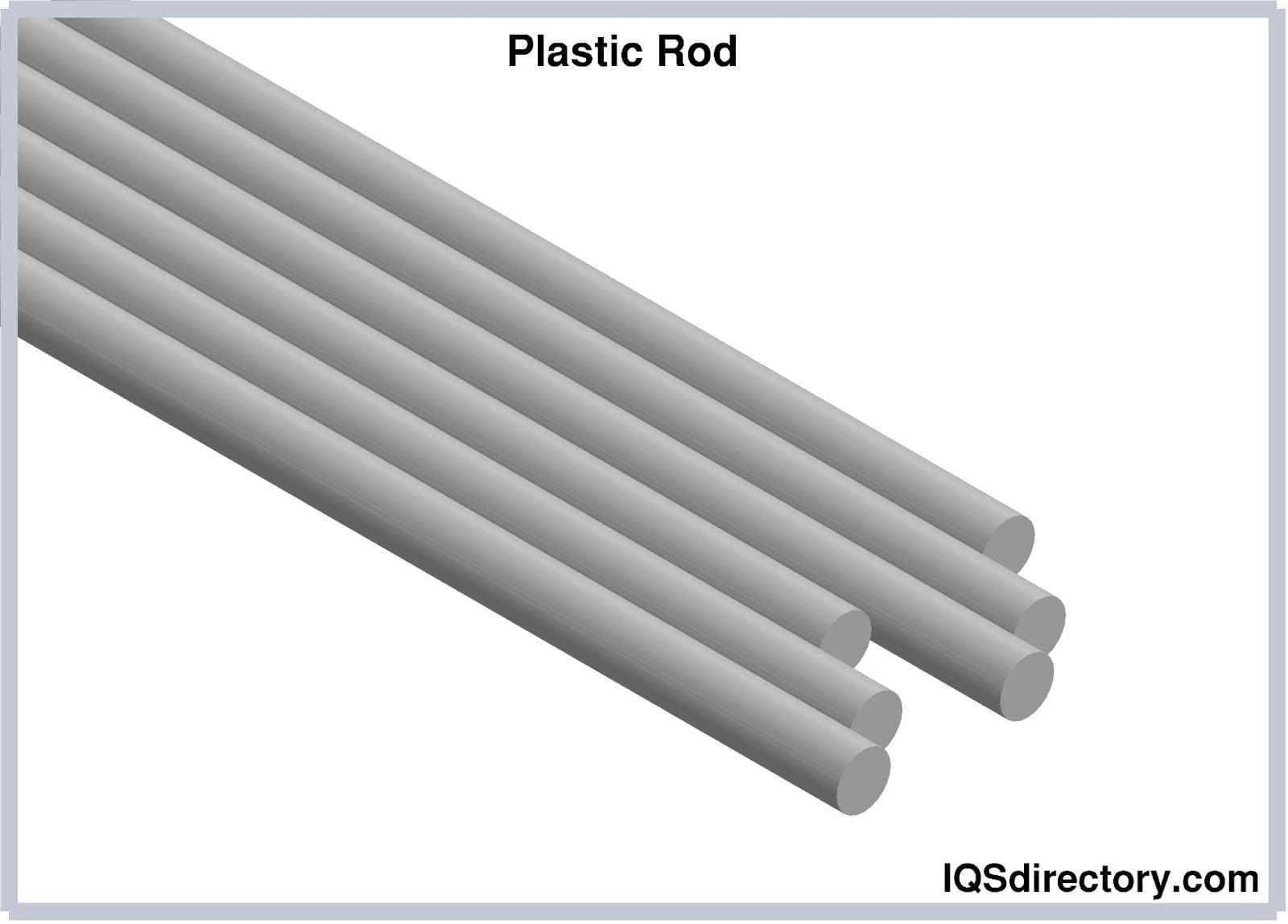
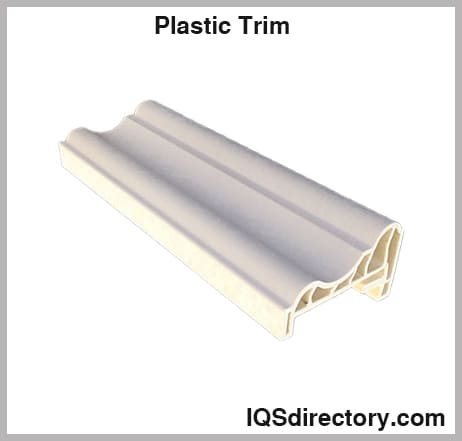
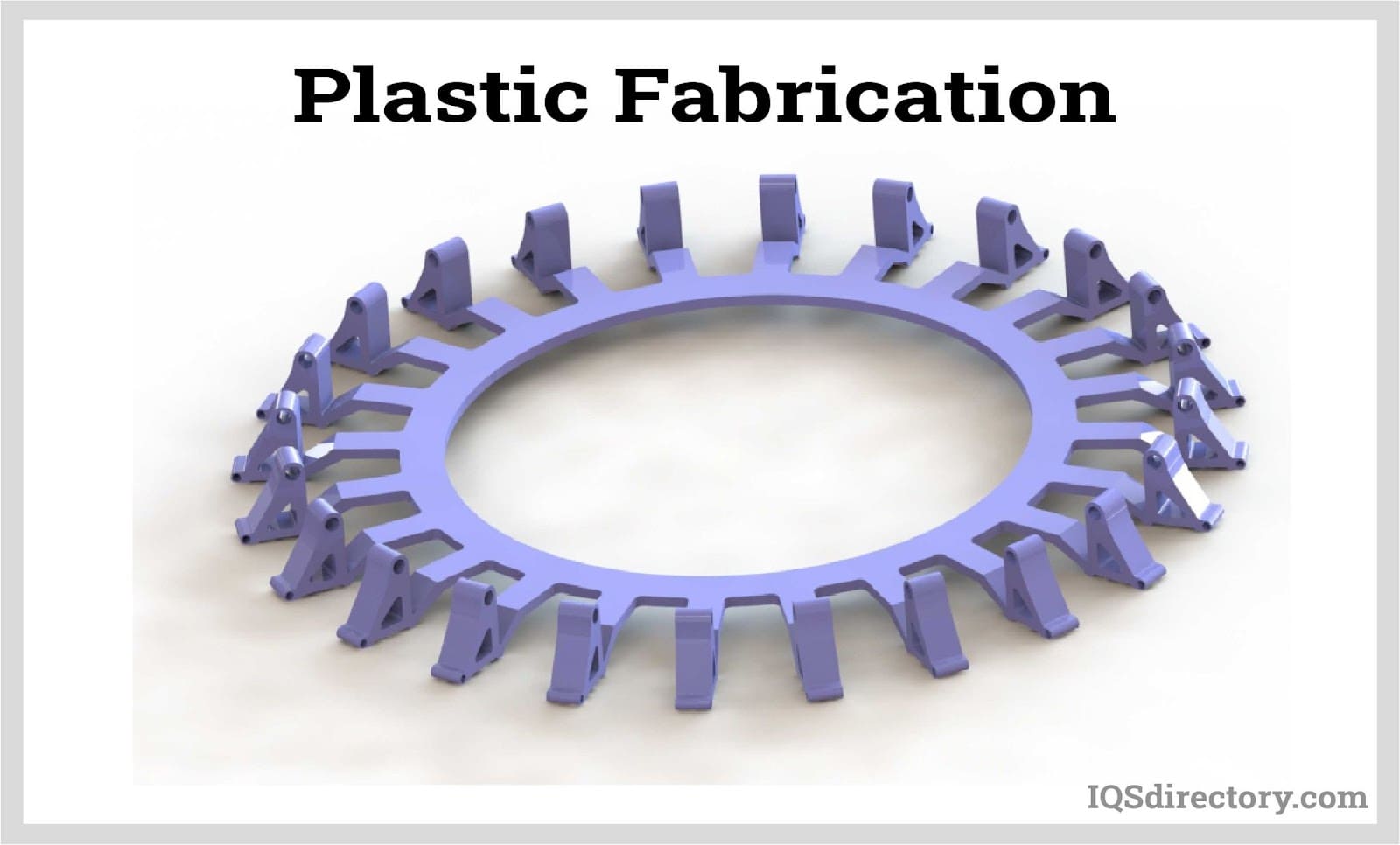
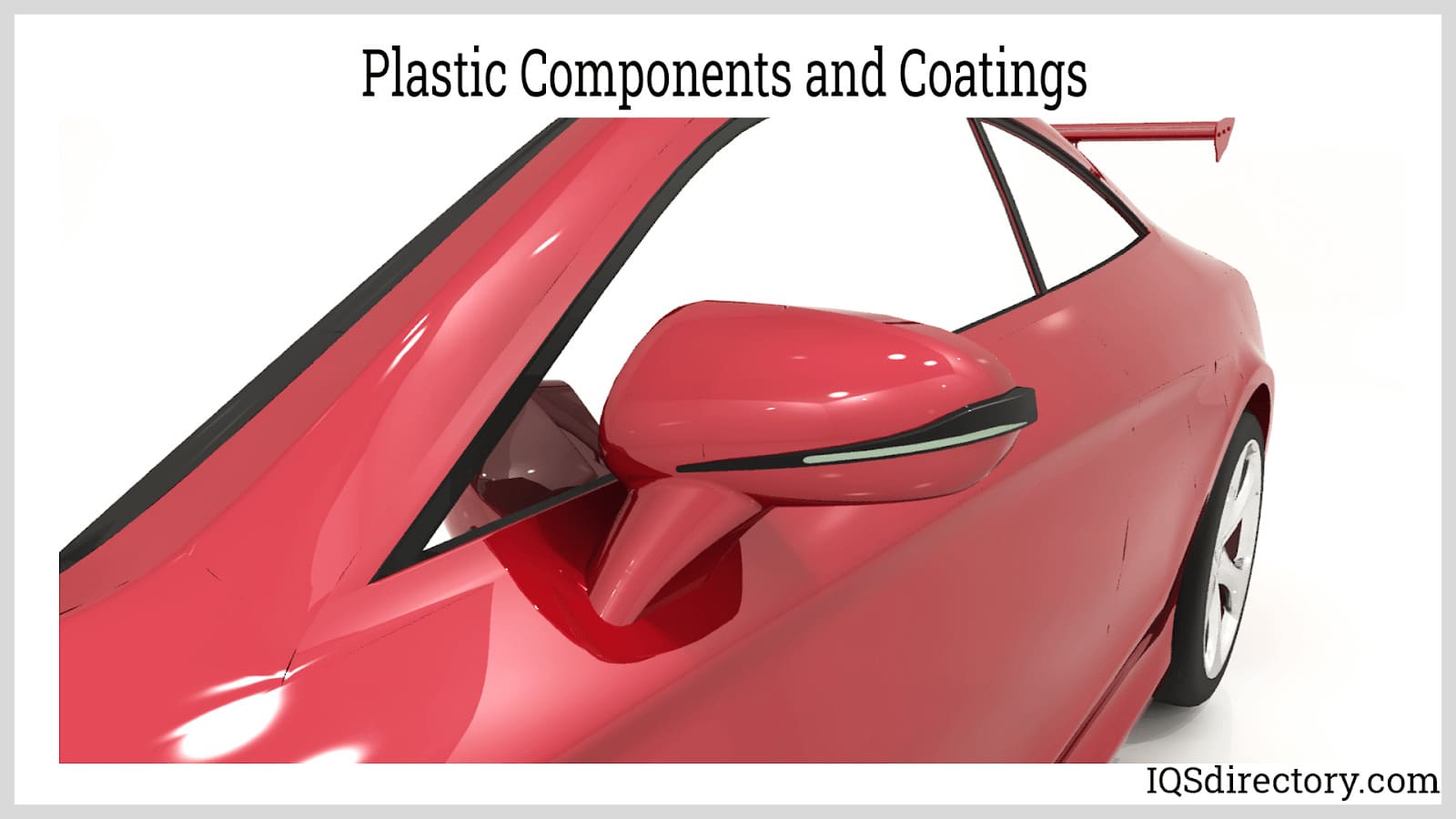
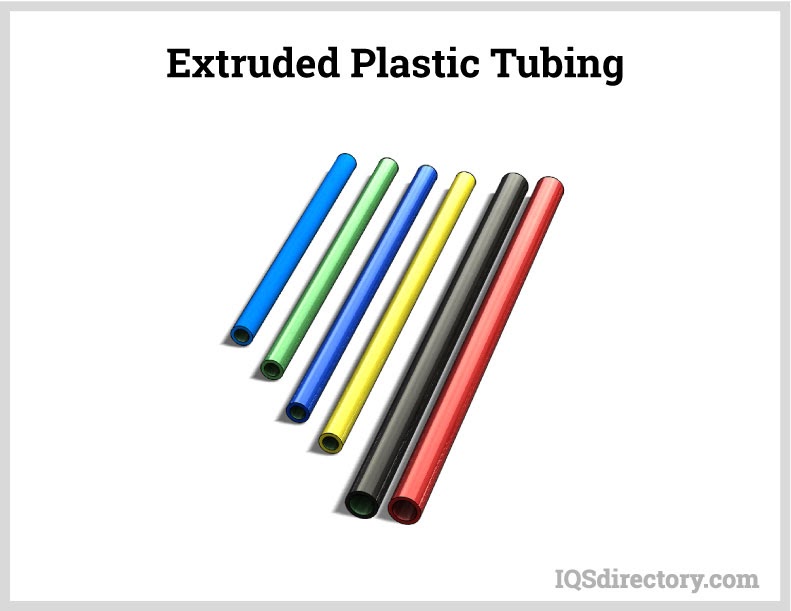
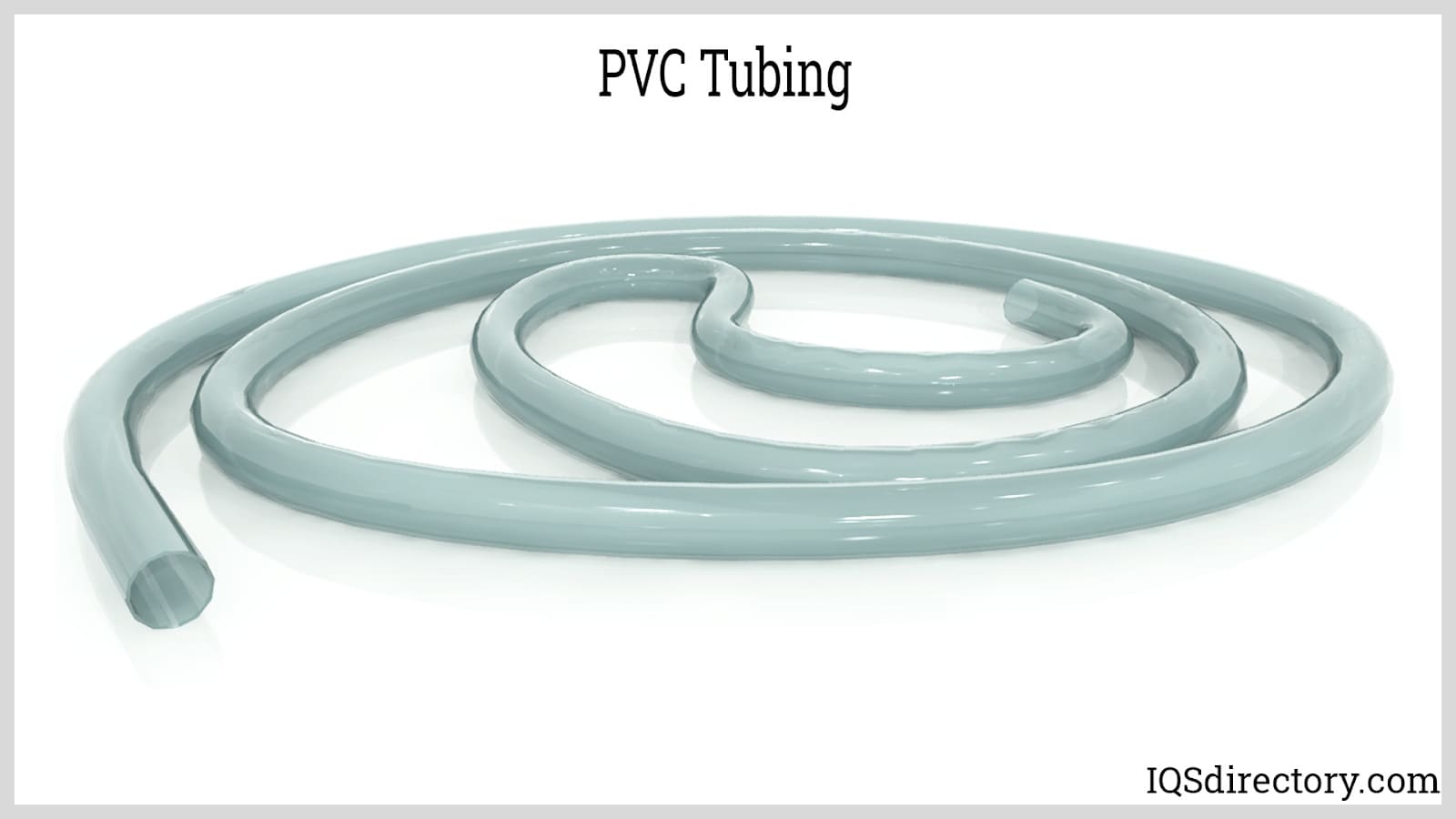
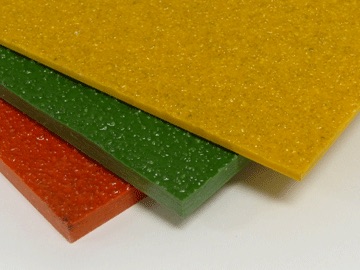 Fiberglass Fabricators
Fiberglass Fabricators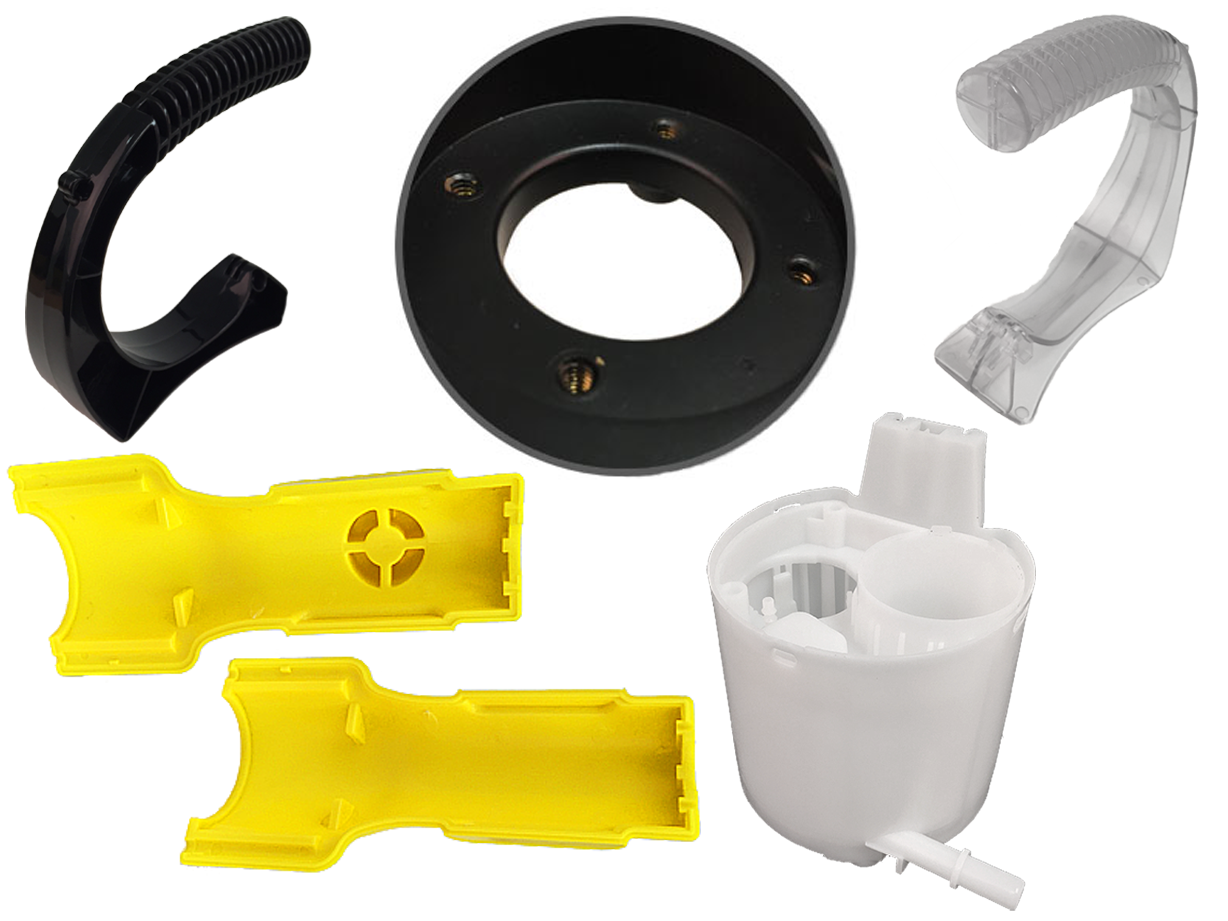 Injection Molded Plastics
Injection Molded Plastics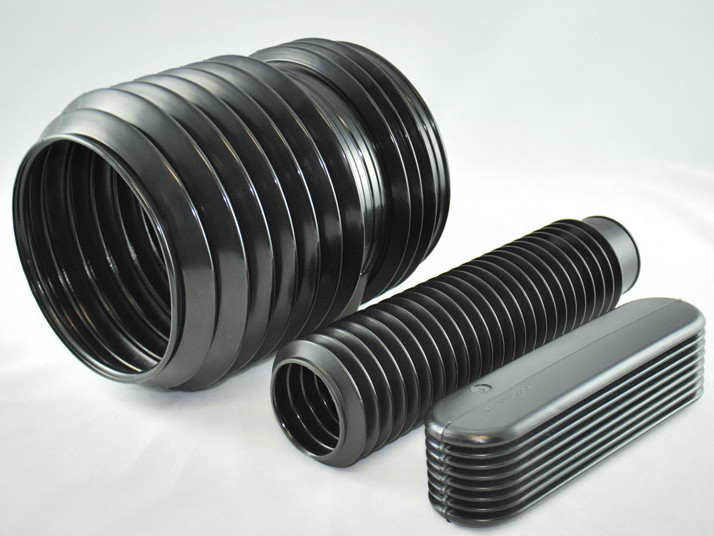 Plastic Blow Molding
Plastic Blow Molding Plastic Dip Molding
Plastic Dip Molding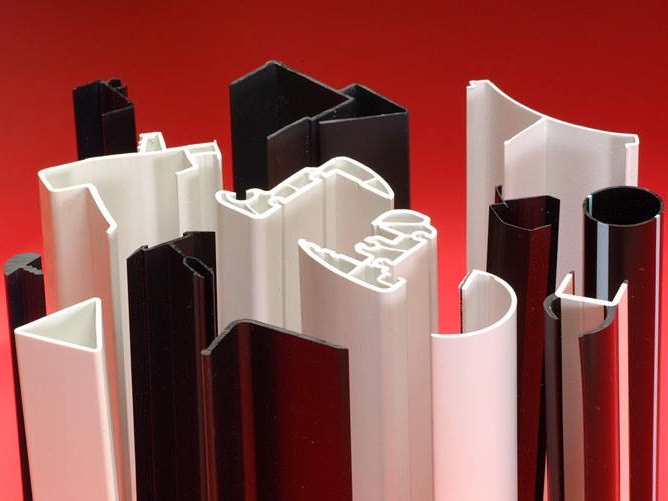 Plastic Extrusions
Plastic Extrusions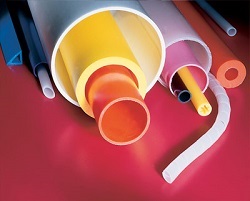 Plastic Tubing
Plastic Tubing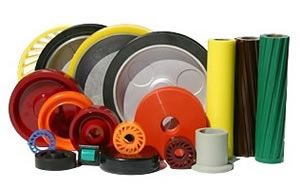 Polyurethane Molding
Polyurethane Molding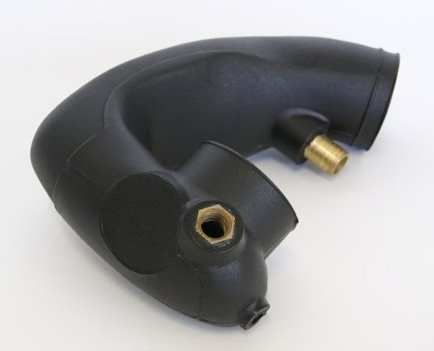 Rotational Molding
Rotational Molding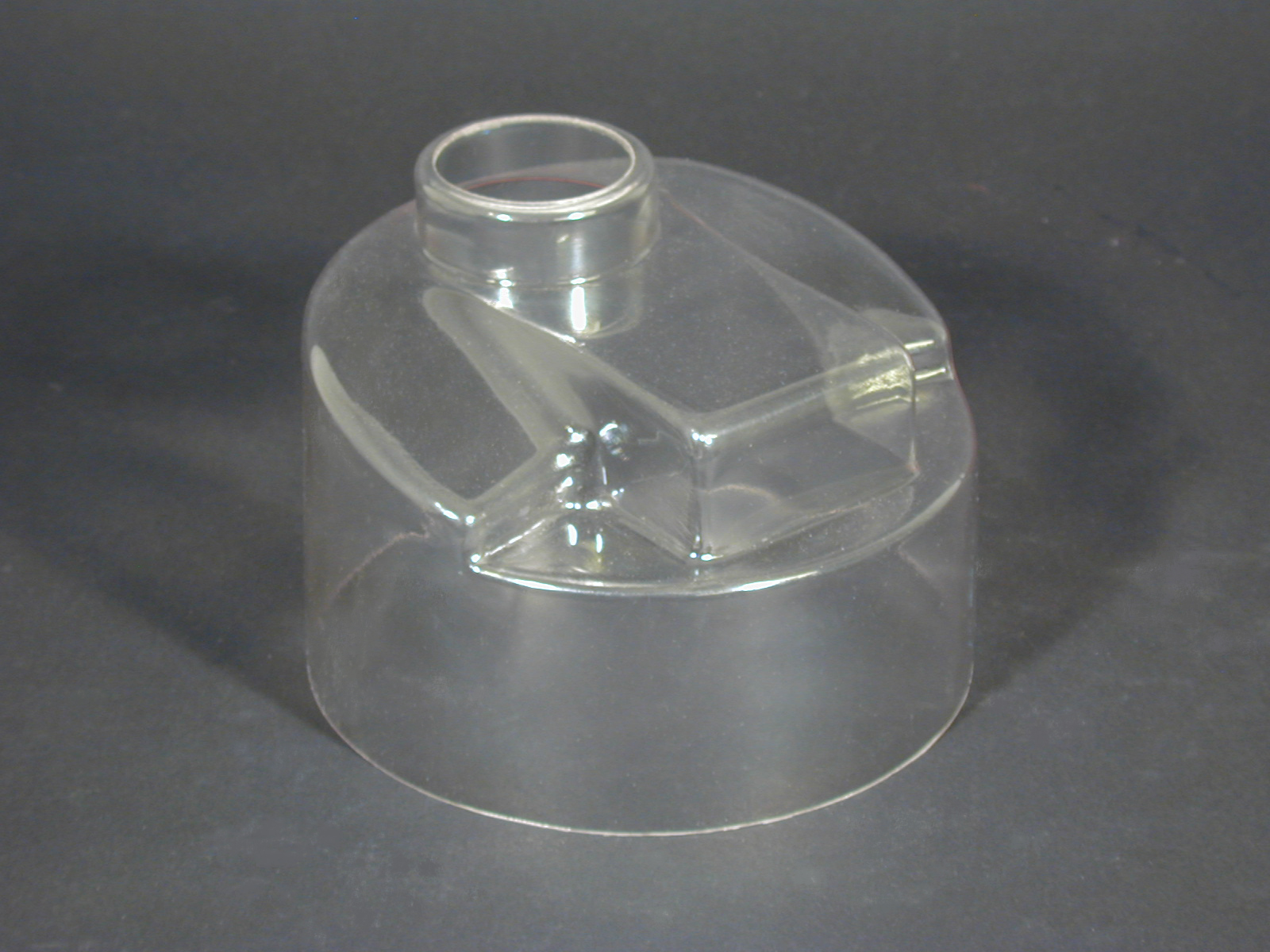 Vacuum Forming
Vacuum Forming Castings & Forgings
Castings & Forgings Bulk Material Handling
Bulk Material Handling Electrical & Electronic Components
Electrical & Electronic Components Flow Instrumentation
Flow Instrumentation Hardware
Hardware Material Handling Equipment
Material Handling Equipment Metal Cutting Services
Metal Cutting Services Metal Forming Services
Metal Forming Services Metal Suppliers
Metal Suppliers Motion Control Products
Motion Control Products Plant & Facility Equipment
Plant & Facility Equipment Plant & Facility Supplies
Plant & Facility Supplies Plastic Molding Processes
Plastic Molding Processes Pumps & Valves
Pumps & Valves Recycling Equipment
Recycling Equipment Rubber Products & Services
Rubber Products & Services